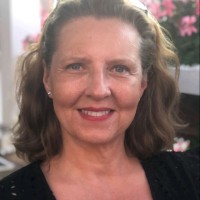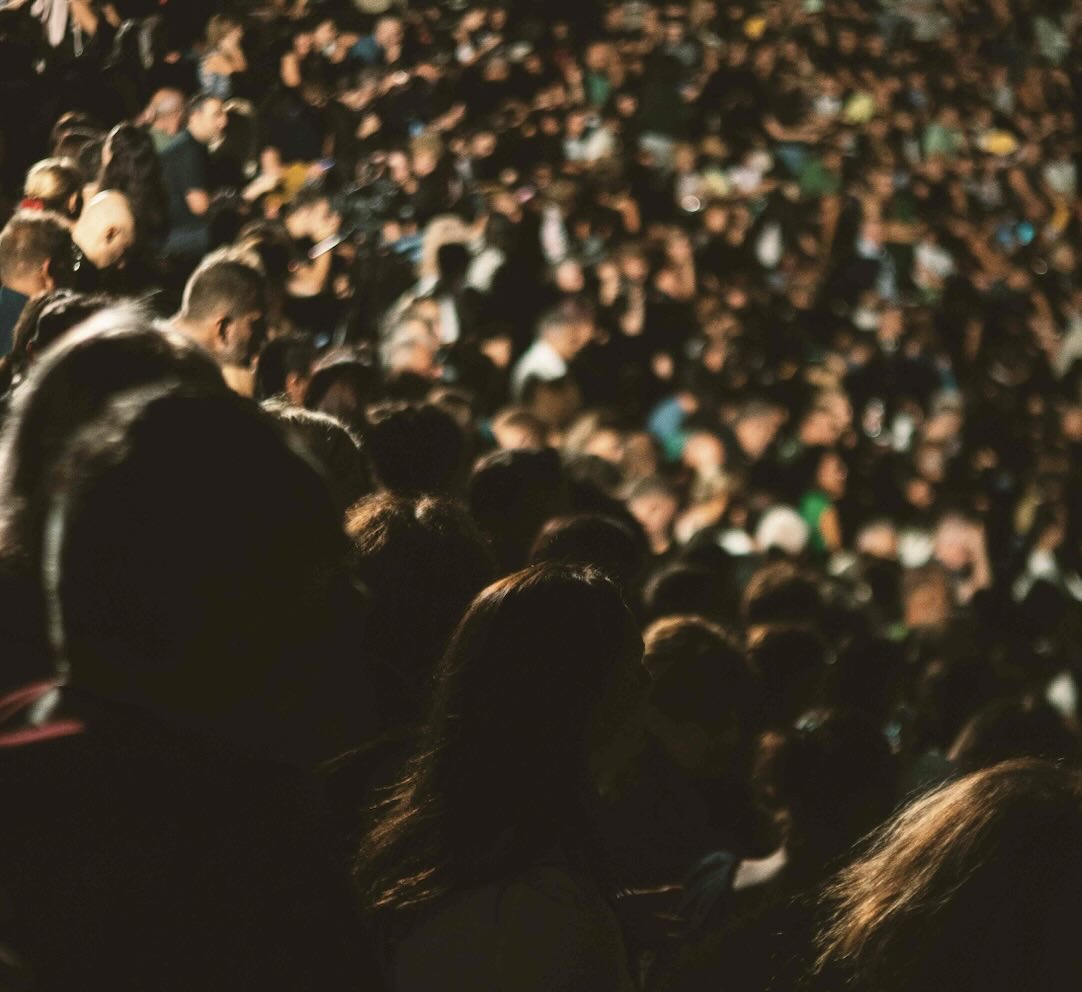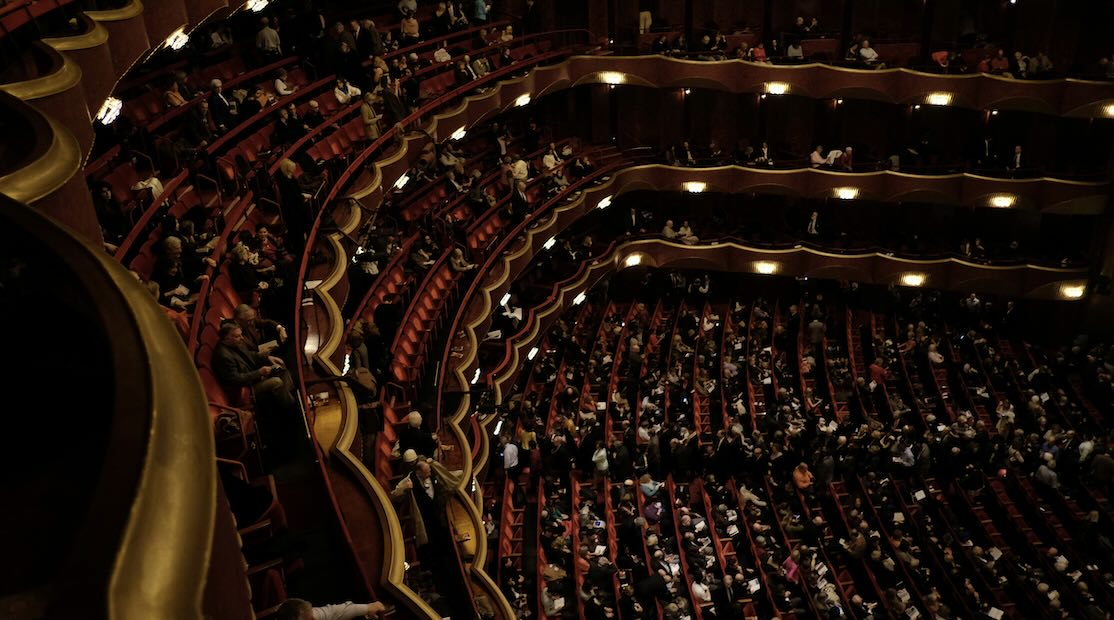In the heart of Brussels, in the municipality of Schaerbeek, stands an impressive hall made of metal and glass. Once an indoor market, today it is alive with cultural activity. Les Halles de Schaerbeek is a place where dance, circus, performance and music come together, but also a home where art and society literally and symbolically share the same space.
The hall was built in the early twentieth century and transformed into a cultural center in the 1980s. Since then it has grown into one of the most unique and versatile cultural spots in Brussels. It is known for its “polymorphous character,” a house without a fixed shape but with one clear conviction: culture belongs to everyone.
A living space where the audience steps fully into the experience
As soon as you walk into the main hall, you feel it right away: this is not a traditional theater. There is no fixed stage, no permanent seating. Everything is built and dismantled for each performance, allowing the space to be reinvented every time. Cathy Simon, director of public engagement explains: “We are a flexible venue that can take on any shape our artists and audiences need.”
This flexibility is both practical and symbolic. It reflects the artistic identity of Les Halles: open, dynamic and inclusive. Without a rigid structure, the venue can host productions that might not fit elsewhere: contemporary dance, large scale circus shows, intimate performances or concerts by international artists such as FKA Twigs or Soulwax. As Simon says: “You can find things here that you do not see anywhere else.”
-20.JPG)
Three reinforcing missions: art, social connection and society
The work of Les Halles is built on three pillars:
- Supporting artists and making new creations possible.
- Creating meaningful connections with the neighborhood and its residents.
- Embracing social themes such as diversity, justice and inclusion.
The annual event Le Grand Marché perfectly embodies this mission. For three days, Les Halles open their doors to the neighborhood and to every audience. The name nods to the building’s history as a market, but the programming is completely contemporary: a basketball court for kids and teens, swings, performances, workshops and countless spontaneous encounters. Simon: “Come as you are. We open every door, literally.”
Le Grand Marché shows what Les Halles wants to be: a cultural space open to everyone. Simon notes that some children are visibly upset when the event ends, a sign of the strong and growing bond with the neighborhood.
Social responsibility is equally important. The hall displays a clear accessibility charter that encourages respect and equality.
We want everyone to feel welcome, regardless of age, background, religion, body or gender identity.
-- Cathy Simon
--- Director of audience engagement, Les Halles
Accessibility as a way of working
Accessibility is not a separate project here but a mindset. The building is adapted for people with reduced mobility, personal assistance is available when needed, and the team constantly thinks about how to make everyone feel comfortable.
One of the most notable initiatives is the series of relaxed performances, designed for people with autism or specific needs. As Cathy Simon explains: “You can go out, come back in, drink, eat, shout. It is all part of the performance.”
The idea originated in England, but it fits seamlessly with the values of Les Halles.
“We do not pretend to be perfect,” Simon says. “It is an ongoing process. Every year we keep looking for ways to make our audience feel as comfortable as possible.”
The power of collaboration
What sets Les Halles apart is not only its interdisciplinary programming but also its strong network of partners. The team collaborates with numerous cultural institutions in Brussels and beyond, including Théâtre National, Kaaitheater, Charleroi danse, Théâtre La Balsamine and many others. Simon: “It shows our openness toward the cultural world of Brussels.”
These collaborations make large scale productions possible and bring diverse audiences together.
Bringing different audiences together is incredibly important to me.
-- Cathy Simon
One of the flagship projects is the It Takes a City festival, held every February. Eight Dutch and French speaking partners join forces to offer a platform to artists who are no longer beginners but not yet fully established. By working together, they reach a wider audience and give artists broader international visibility.
Letting the audience lead the way
The audience is at the center of everything Les Halles does. Cathy Simon describes her approach with warmth and curiosity: she does not rely on numbers alone, she watches closely.
I go see for myself. I watch every performance at Les Halles. I am at every premiere. This is how I see who the audience is. And every time, I am surprised by the diversity.
-- Cathy Simon
She does, however, use data from ticketmatic to refine her intuition: who buys tickets, where people come from, which shows attract them. It helps her understand where the audience is, both literally and figuratively. “I think I have a good sense of my audience, but more than anything I try to be very present in the hall.”
Visitors are contacted through newsletters, often based on their interests. There is no subscription system or formal loyalty program, but a sense of community continues to grow.
From indoor market to cultural home
The story of Les Halles is the story of a place that constantly reinvents itself. Where fish, vegetables and fruit were once sold, ideas, emotions and artistic experiences are now exchanged.
Here we trade in artistic emotions, in sharing and in generosity.
-- Cathy Simon
That sentence says it all. Les Halles is not just a place where art is shown. It is a place where people learn to look, feel and meet one another. Its polymorphous, flexible, multilingual and human centered identity makes Les Halles a reflection of Brussels itself: diverse, dynamic, unpredictable and always open.
Conclusion: culture as a bridge
Les Halles de Schaerbeek proves that a cultural institution can be much more than a stage. It is a place of connection, where disciplines meet and where everyone is welcome. The strength of this house does not lie in a fixed model but in its ability to adapt.
We want everyone to feel at home here. Les Halles is for everyone.
-- Cathy Simon
In short: Les Halles de Schaerbeek is a versatile home with a warm heart. A place where culture does not draw boundaries but builds bridges.
-40.JPG)









